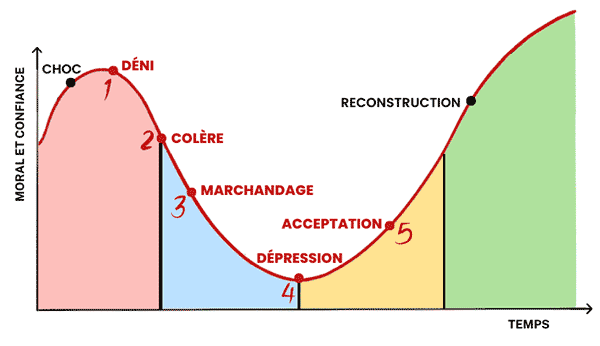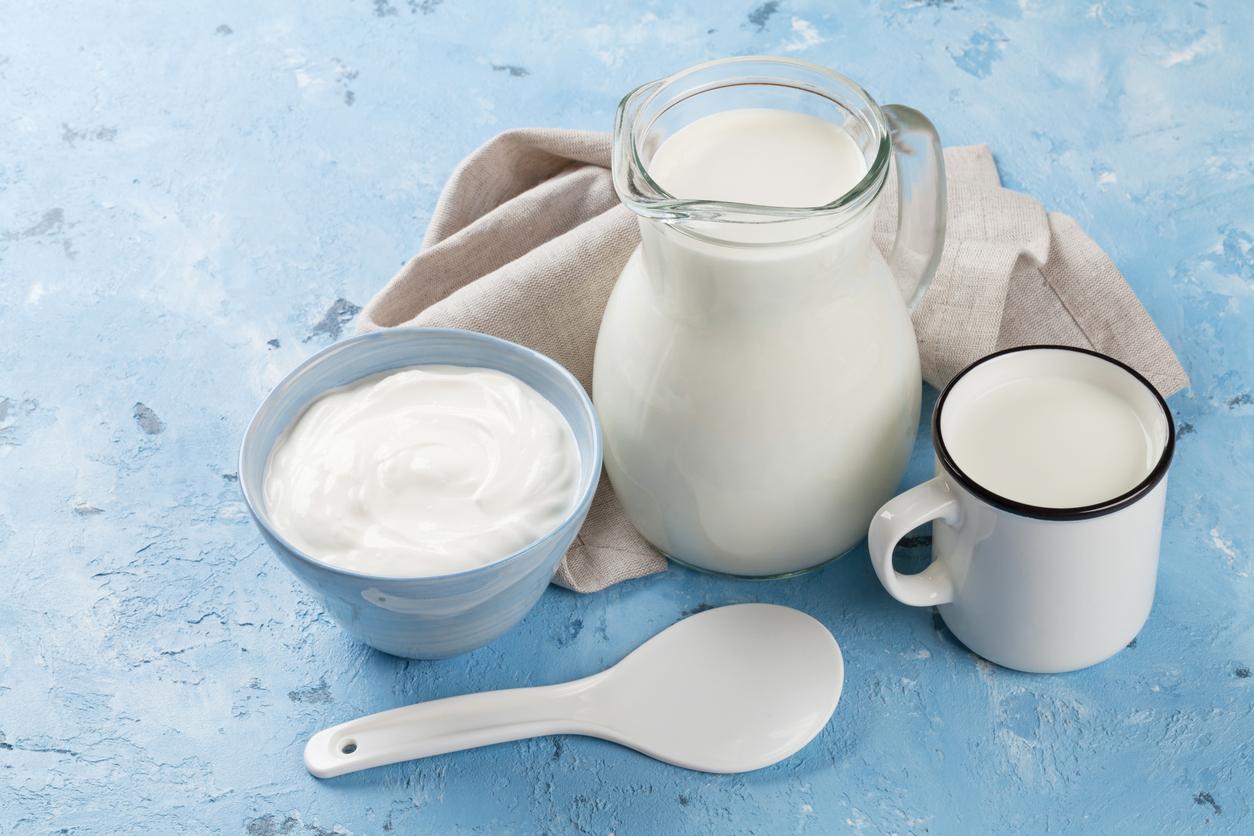If breastfeeding remains the ultimate in terms of nutritional benefits for the health and growth of the baby (we cannot say it enough), it happens that the new mother cannot or does not wish to breastfeed. .
In this case, and until now, the non-breastfeeding woman had no choice but to opt for 1st age milks (or infant formulas) or 2nd age milks (or follow-on formulas) based on milk from cow enriched with essential elements for baby’s growth. But since August 2013, and following a favorable opinion from the European Food Safety Authority (EFSA), a new source of protein has been authorized in the composition of infant formulas: goat’s milk proteins. This new directive, transcribed into French law in May 2014, is based on two clinical studies carried out on Capricare, an infant milk made from goat’s milk.
But is it really beneficial for the baby for its growth? Can it be a solution for babies tired of infant formulas made from cow’s milk? What are its advantages and disadvantages ?
A complete nutritional contribution, ideal if baby gets tired of cow’s milk
If unfortified animal or vegetable milk is not suitable at all for the baby, preparations based on goat’s milk or cow’s milk are developed to meet the nutritional needs of the newborn. Goat’s milk, accused of being too rich in mineral salts which could lead to kidney problems, and too poor in certain vitamins and essential fatty acids, was thus supplemented in order to arrive at a formula suitable for the baby’s needs.
Milk proteins, vitamins and minerals, essential fatty acids are therefore present in the right proportions.
Indeed, as Dr Mar Bellaïche, gastropediatrician at the Robert-Debré hospital in Paris reminds us, the baby needs at least 10 grams of protein per day. This essential contribution must be guaranteed. In this sense, the vegetable milks (soy, almonds, chestnuts, hazelnuts, oats, etc.) and unsuitable animal milks should be avoided.
But when a baby categorically refuses the bottle, it is not always easy to find a solution. For Dr Bellaïche, it is in this sense that infant formulas based on goat’s milk are satisfactory and “unique” products. Because, he recalls, on average 15% of children have oral disorders (difficulty in eating by mouth), which must absolutely be overcome so that the baby evolves without deficiencies.
Since the taste of goat’s milk product is fundamentally different from that of cow’s milk products, baby may get used to it more. Dr Bellaïche adds that this second attempt should be favored before over-prescribing medication so that the baby can tolerate milk better …
What makes it different from cow’s milk preparations?
In addition to the irreparably changing taste, the Capricare goat milk preparation has other advantages that set it apart from classic cow’s milk products.
As in women, the goat secretes its milk apocrine: the milk droplets are released in the excretory ducts, carrying cellular components with them. In cows, on the other hand, the process is merocrine: the drops of milk are released without cell fragments accompanying them. In this sense, goat’s milk is closer to breast milk than cow’s milk.
By its low composition in β-lactoglobulin and α1-casein, two whey proteins, goat’s milk would also be more digestible than cow’s milk, and closer to the composition of breast milk. In addition, its caseins have the particularity of forming a soft and porous curd in the baby’s stomach, which allows for more complete digestion.
Finally, the Capricare goat milk preparation has a more balanced ratio between dairy fats and added vegetable oils, which leads to an adequate intake of essential fatty acids.
A product that has already proven itself but remains a bit expensive
Sold in pharmacies by PediAct, Capricare is a product made in New Zealand by the Dairy Goat Co-operative. It has been marketed for 23 years in many countries around the world, including Russia, New Zealand and Australia.
To give its favorable opinion, the European Food Safety Authority relied on two clinical studies carried out on the product Capricare. In both cases, the researchers concluded that this infant formula was as good for babies as formula made from cow’s milk. The growth curves of infants fed with formulas based on goat’s milk were similar to those observed in those fed with conventional formulas based on cow’s milk. No significant difference was observed between the two groups regarding the head circumference, weight and height of the babies.
If Capricare represents the solution or even the ideal alternative for babies sulking cow milk prepared, its price is a little less attractive. Count 15 € for a box of 400gr of Capricaire, or about 1 euro per bottle, against less than half for classic products made from cow’s milk.
Read also :
Infant milk: the questions you really ask yourself
Baby: giving cow’s milk would harm future sociability
What about mixed breastfeeding?














